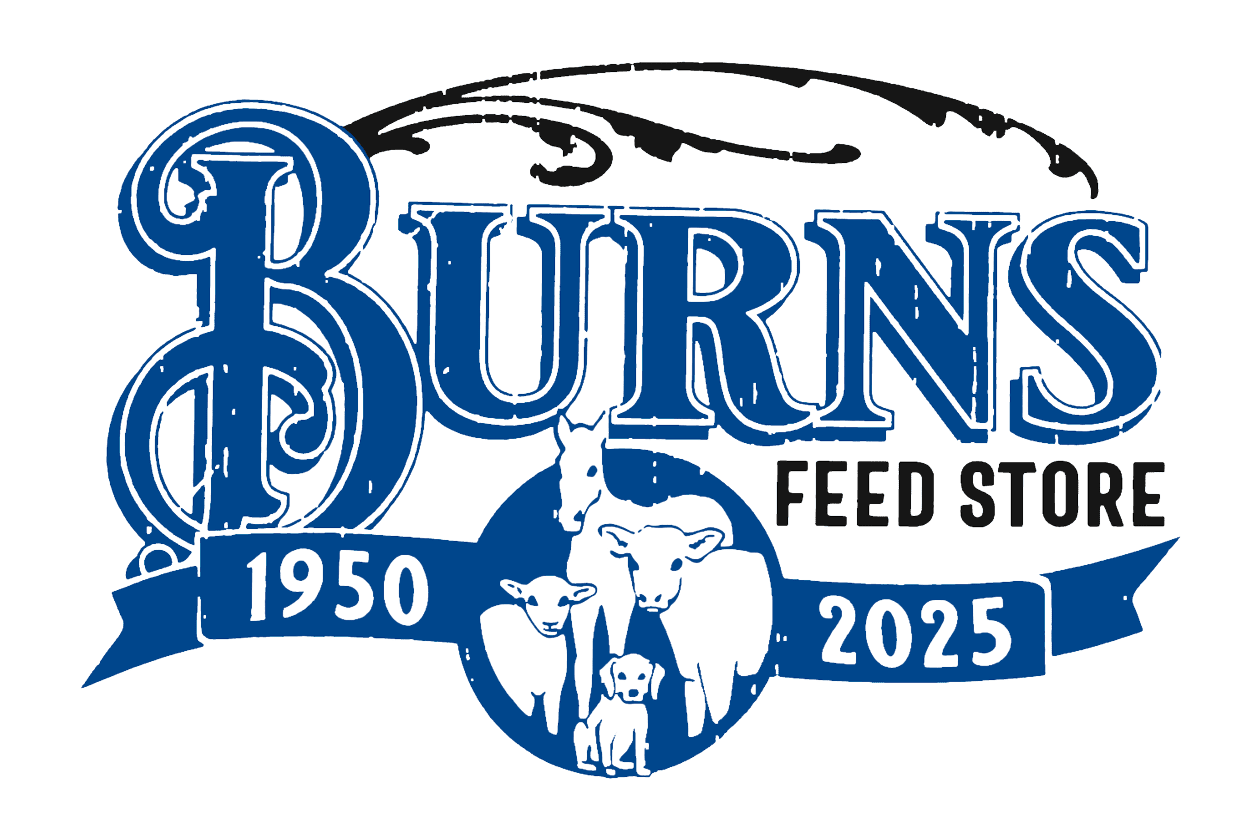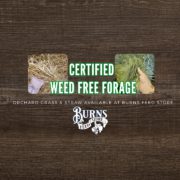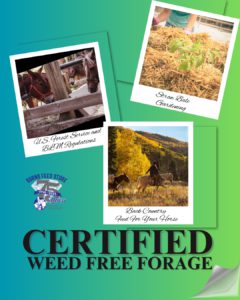Holiday Gift Ideas From Your Local Feed Store
🎄 Holiday Gift Guide: Unique Christmas Finds at Your Local Feed Store
The holiday season is here, and with it comes the joy of finding the perfect gifts for the loved ones in your life. Whether you’re shopping for family, friends, neighbors, or that hard-to-buy-for person, your local feed store has more to offer than you might think!
From cozy gifts to hand-crafted local products, Burns Feed Store has stocked the shelves with thoughtful, high-quality items that make holiday shopping easy, personal, and fun. Skip the crowded big-box stores this year and enjoy the charm of shopping local!
🎁 Gifts With Heart (and Local Flair)
We’re proud to offer here at Burns Feed Store a variety of unique items made by small businesses, local makers, and community creatives, including:
Ty Beanie Babies & plush toys
Perfect for kids and collectors alike!
Candles with seasonal scents
Warm up any home with inviting fragrances.
Boring Goat soap and lotion
Hand-crafted, gentle, and wonderfully aromatic.
Painted Ponies collectibles
A favorite for horse lovers and art enthusiasts.
Tickle Creek lotion
A customer favorite anyone would appreciate in a stocking.
Juniper Louise earrings & jewelry
Handcrafted accessories that make stunning gifts.
Red Rooster Remedies & Whispering Wellness
Holistic, natural comfort for you and the people you love.
Festive Christmas décor
From rustic accents to timeless seasonal touches.
Local honey
Delicious, healthy, and always a welcome treat!
🐾 Gifts for Pet Lovers
We know how much pets mean to our customers, and we have gifts to make tails wag and whiskers twitch:
Toys
Treats
Holiday collars, accessories, and more
If you’re building a stocking for your four-legged family member, we’ve got you covered!
🎄 Something for Everyone on Your List
Whether you’re picking up a thoughtful last-minute gift or building a beautiful basket, our store offers something special for:
Teachers
Coworkers
Neighbors
Friends
Kids
Farmers, ranchers & animal lovers
Secret Santa exchanges
Stocking stuffers
🤝 Shop Local – Support Your Community
When you shop with us, you’re not just finding wonderful gifts—you’re supporting small businesses, local makers, and your own community. And that’s a gift that keeps giving all year long.
🎅 Stop In & Get Inspired!
We invite you to swing by, browse, and find the perfect gifts to make this Christmas warm, memorable, and magical. Our team is here to help you pick out just the right items for everyone on your list.
Happy holidays from our family to yours!








